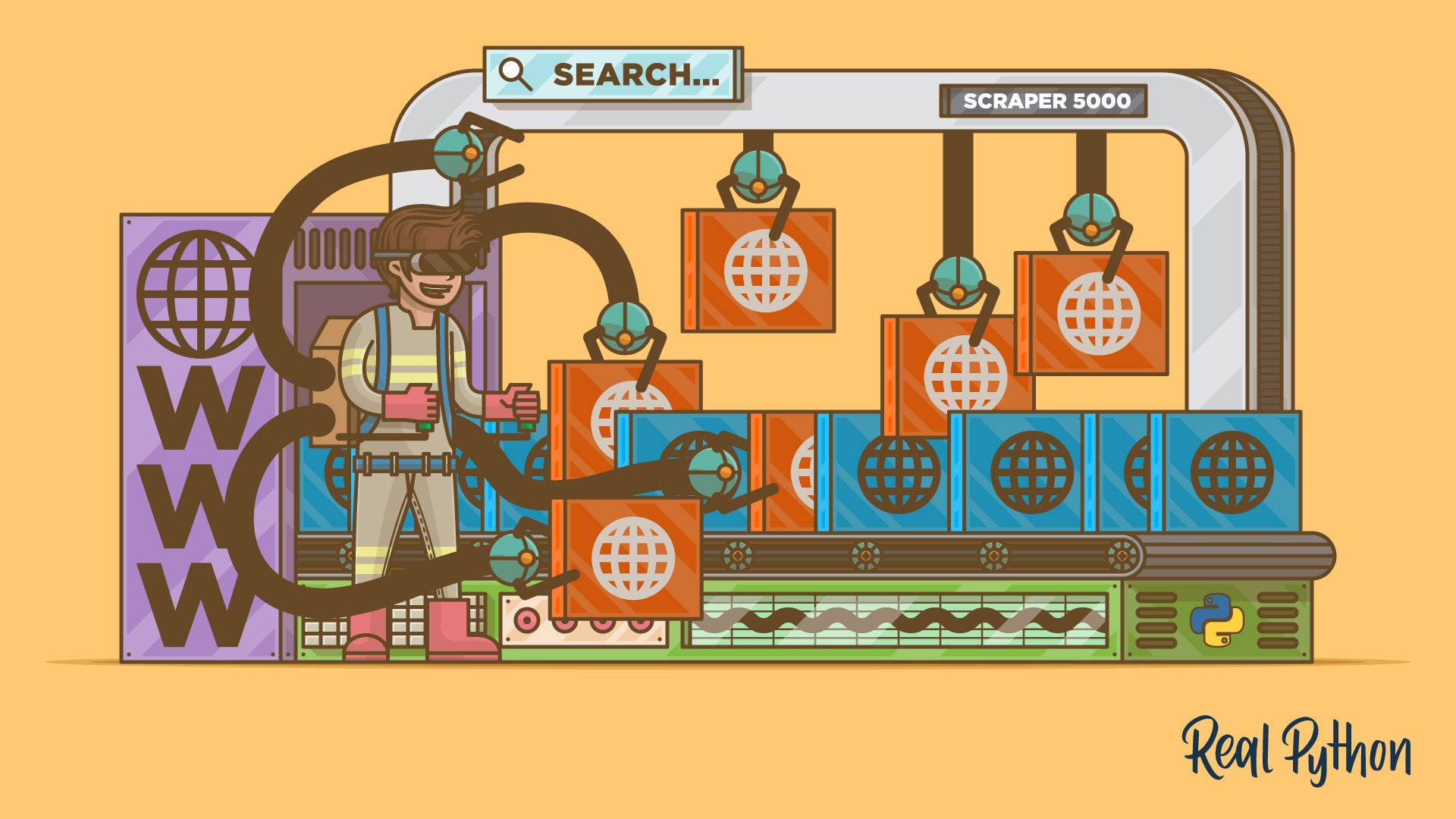Python is open-source, which means it is freely available for everyone. It has one of the biggest. Web Scraping Using Python To Create A Dataset In this article I will show you how you can create your own dataset by Web Scraping using Python. Web Scraping means to extract a set of data from web. Web scraping is a technique that lets us use programming to do the heavy lifting. We’ll write some code that looks at the NWS site, grabs just the data we want to work with, and outputs it in the format we need. In this tutorial, we’ll show you how to perform web scraping using Python 3 and the Beautiful Soup library.
lxml and Requests¶
lxml is a pretty extensive library written for parsingXML and HTML documents very quickly, even handling messed up tags in theprocess. We will also be using theRequests module instead of thealready built-in urllib2 module due to improvements in speed and readability.You can easily install both using pipinstalllxml andpipinstallrequests.
Let’s start with the imports:
Next we will use requests.get to retrieve the web page with our data,parse it using the html module, and save the results in tree:

(We need to use page.content rather than page.text becausehtml.fromstring implicitly expects bytes as input.)
Web Scraping Using Python And Selenium
tree now contains the whole HTML file in a nice tree structure whichwe can go over two different ways: XPath and CSSSelect. In this example, wewill focus on the former.
XPath is a way of locating information in structured documents such asHTML or XML documents. A good introduction to XPath is onW3Schools .
Python Web Scraper
There are also various tools for obtaining the XPath of elements such asFireBug for Firefox or the Chrome Inspector. If you’re using Chrome, youcan right click an element, choose ‘Inspect element’, highlight the code,right click again, and choose ‘Copy XPath’.
Web Scraping With Python Pdf
After a quick analysis, we see that in our page the data is contained intwo elements – one is a div with title ‘buyer-name’ and the other is aspan with class ‘item-price’:
Knowing this we can create the correct XPath query and use the lxmlxpath function like this:
Let’s see what we got exactly:
Congratulations! We have successfully scraped all the data we wanted froma web page using lxml and Requests. We have it stored in memory as twolists. Now we can do all sorts of cool stuff with it: we can analyze itusing Python or we can save it to a file and share it with the world.
Some more cool ideas to think about are modifying this script to iteratethrough the rest of the pages of this example dataset, or rewriting thisapplication to use threads for improved speed.

